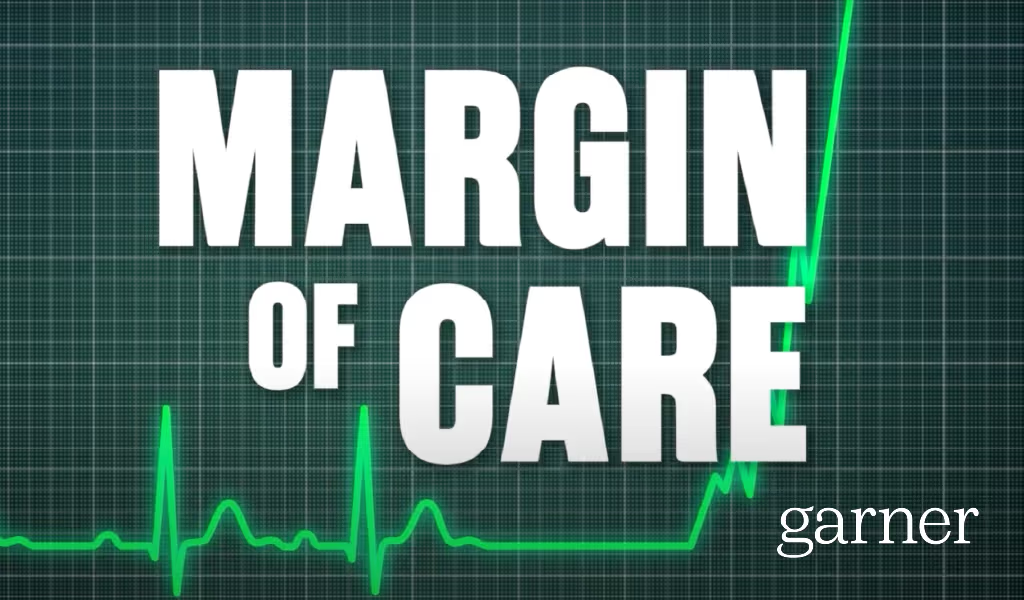
Safe, sustainable medical weight loss.
Rezilient Weight Loss combines GLP-1 management with personalized nutrition and lifestyle modification for long-term, healthy weight management.

Combining GLP-1 management with holistic, longitudinal treatment is proven to improve adherence and results.
GLP-1 medications have gained attention for their effectiveness in weight loss, and employers are weighing the best approach for coverage.
Rezilient Weight Loss maximizes the effectiveness of GLP-1s over the long term by balancing the science with the art of behavioral change. With personalized nutrition, exercise, and lifestyle change plans, we help create healthier behaviors that last.
WHY REZILIENT WEIGHT LOSS?
Our integrated Weight Loss program helps maximize the effectiveness of GLP-1s for sustainable results.
Employer pays one set monthly fee to integrate Weight Loss into primary care.
Employee receives education, counseling, and diet and exercise plan prior to initiation of GLP-1 treatment.
GLP-1 treatment initiated and employee supported with same-day access to their care team.
Employer sees lower overall healthcare costs and a healthier population.
WHY integrate weight loss?
Increased adherence
70% of GLP-1 users quit within one year of starting treatment, and 85% within two years.
Our holistic approach couples GLP-1s with behavioral, nutritional, and lifestyle change to carefully personalize treatment plans to ensure adherence.
More sustainable results
50-70% of former users regain their body weight post GLP-1 use.
While GLP-1s are an effective tool, they're not a silver bullet. Long-term success requires deeper lifestyle adjustments to have long-term, sustainable health effects.
Lower healthcare costs
Adults ages 20 to 65 with obesity are estimated to incur annual medical expenses 2x those of adults with a normal weight.
An integrated, holistic Weight Loss program can result in $238-$752 in annual savings per employee per point decrease in BMI unit.
We’re here to help.
Talk to our expert team to find out how Rezilient could change your healthcare game.
Latest Insights
Point solution proliferation: Why more isn't always better
Once dominated by traditional comprehensive health plans, today's market is flooded with specialized point solutions — each promising to address a specific health concern, from mental health to musculoskeletal care to diabetes management.
Why employers are still flocking to hybrid care
Danish talks with Garner Health's Margin of Care about the hybrid care model of the future -- and why physician quality is a core metric for improving primary care.
Rezilient CEO Danish Nagda to keynote STL Startup Week 2025
Danish Nagda is honored to represent the St. Louis entrepreneurial community at this year's STL Startup Week, which takes place November 10-14 across five hubs in the Greater St. Louis Metro Region.
The primary care investment paradox: How more upfront spending saves employers millions
Strategic investment in high-quality primary care may be the key to breaking the healthcare cost increase cycle.







